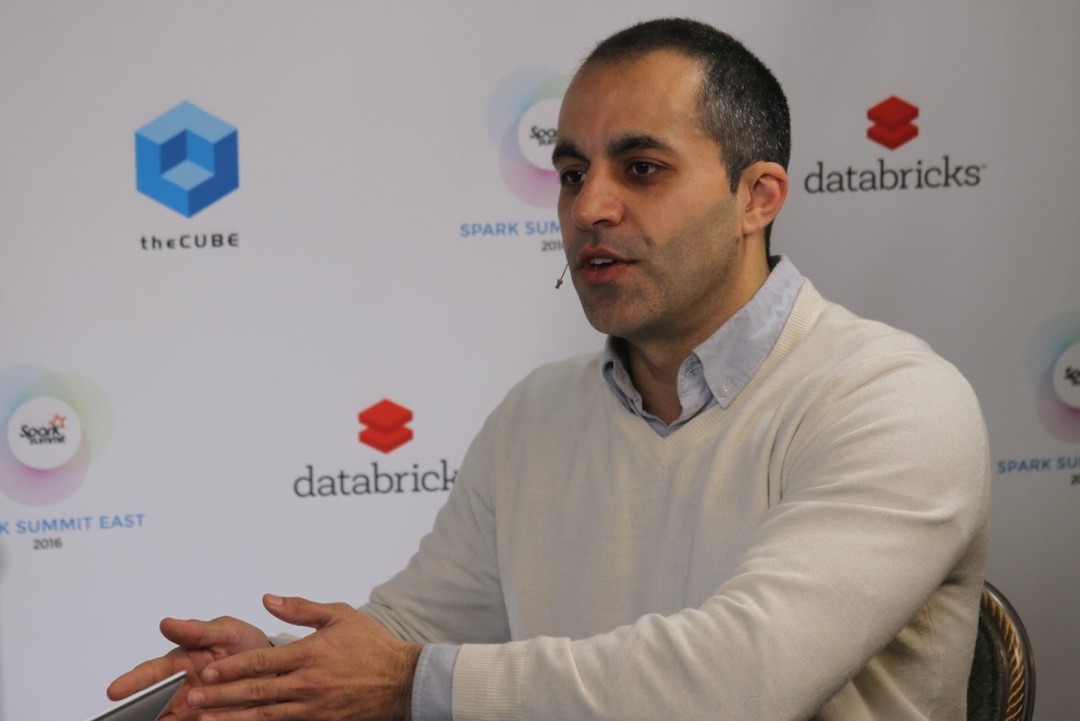 BIG DATA
BIG DATA
 BIG DATA
BIG DATA
 BIG DATA
BIG DATA
When Bloomberg recently disclosed Databricks Inc.’s ambitions to go public early this year, it noted that the company was aiming for a “significantly higher” valuation than the $6.2 billion it was assigned after closing a $400 million Series F round in late 2019.
Databricks got its wish without even having to file the SEC paperwork. The massive $1 billion Series G round the company disclosed today values it at $28 billion and brings total venture funding to nearly $1.9 billion.
The investment was led by new investor Franklin Templeton with other new backers including Amazon Web Services Inc. and Salesforce.com Inc.’s venture arm. Microsoft Corp. and Andreessen Horowitz LLC are among earlier investors that also bought in.
Databricks, which sells what it calls a “unified data platform” based on the open-source Apache Spark framework, and its investors are no doubt eyeing the path taken by rival Snowflake Inc., which raised $1.4 billion before going public last fall. Although Snowflake’s shares have fallen from their peak of nearly $326 in December, the company still commands an impressive $79 billion market valuation.
The participation of cloud rivals Amazon and Microsoft is significant because neither company was an early investor in Snowflake and both sell competing cloud-native data warehousing services. Although the comparison of Databricks to Snowflake is inevitable, the two companies are attacking different problems, said Carl Olofson, research vice president for data management software at International Data Corp.
“Snowflake is more of persistent data platform that also does some data sharing and transformation. I see Databricks as more of an analytical workbench,” he said. Whereas Snowflake uses a schema, which is an organizational blueprint for a database management system, and supports queries in SQL, Databricks uses Spark to run analytics queries against semi-structured, schemaless data.
Dave Vellante, chief analyst at SiliconANGLE Media sister research firm Wikibon, characterized Snowflake as disrupting data lakes and Databricks, with its Delta Lake service using its Lakehouse architecture, as trying to make them better. “Snowflake is disrupting data lakes. Databricks is making them better,” he said.
Databricks and Snowflake are direct competitors in cloud data warehousing, although both shun that term. Snowflake now calls its product a “data cloud,” while Databricks coined the term “lakehouse” to describe a fusion between free-form data lakes and structured data warehouses. “This lakehouse paradigm is what’s fueling our growth, and it’s great to see how excited our investors are to be a part of it,” Chief Executive Ali Ghodsi (pictured) said in a statement.
Both companies are attacking the same problem, which is the silos of disconnected data that tend to grow up in organizations over time. Databricks’ software can be used to build information pipelines across those silos so that data can be analyzed and labeled for use in artificial intelligence model training. The software also comes with collaborative features that enable data scientists and engineers to work together. Snowflake provides many of the same capabilities. Although its platform is not available under an open-source license, its metadata stores are based on the open-source FoundationDB distributed data store.
Databricks has emerged victorious from a crowded and competitive market that has seen many others fail, said Svetlana Sicular, a research vice president at Gartner Inc. “Some similar market players that started with open source remained niche, struggled or even are out of business,” she said. “Databricks, however, evolved to a commercial company with a broader range of products and a forward-looking vision.”
But Forrester Research Inc. Principal Analyst Mike Gualtieri said investors may be guilty of some irrational exuberance. “I can’t explain this level of investment based on the value and differentiation of the technology,” he said in emailed comments. A recent Forrester Wave report on notebook-based predictive analytics and machine learning vendors classified Databricks as a “contender” behind more than a half-dozen other companies. However, Gualtieri noted that the report “only focused on ML platforms and DataBricks also offers data management/data lake” capabilities.
IDC’s Olofson said the market is clearly heading up for technologies that can glean insights from large amounts of data. Last month, Starburst Data Inc. said it raised $100 million for its technology based on the Presto open-source query engine that enables large distributed data stores to be analyzed without copying or moving data. And SAP SE earlier today said it installed Irfan Khan, who was previously president of its platform and technologies division as president of SAP HANA and Analytics. “That signals that they’ll go more aggressively toward the more general data management market,” he said.
Support our mission to keep content open and free by engaging with theCUBE community. Join theCUBE’s Alumni Trust Network, where technology leaders connect, share intelligence and create opportunities.
Founded by tech visionaries John Furrier and Dave Vellante, SiliconANGLE Media has built a dynamic ecosystem of industry-leading digital media brands that reach 15+ million elite tech professionals. Our new proprietary theCUBE AI Video Cloud is breaking ground in audience interaction, leveraging theCUBEai.com neural network to help technology companies make data-driven decisions and stay at the forefront of industry conversations.